How To Tell If Pokémon Card Booster Packs Have Been Resealed
-
By: Oliver Copeland
- Published:
- Last Updated: December 3, 2023
Pokémon cards have gone through a massive wave of popularity in recent years, and among all the good things this brought, some malicious behavior arose too. The heavy gambling aspect of booster packs led to criminals stealing the good cards, and reintroducing the bulk cards back into circulation.
Theoretically, this can happen anywhere along the life of a booster pack. From the factory to the distributor, outlet to the customer, and even on Facebook Marketplace, packs can be resealed. In this article, we will outline the red flags you need to look for.
Table of Contents
Check The Booster Pack For Signs
Specifically, we’re looking for anything indicating a resealed booster pack. If you want a full guide on fake booster packs, click here.
- Wrinkles
- Pack looseness
- Glue residue
- Broken seals
- Glue strength
- Incorrect cards inside
If you can determine at least 3 of 6 are true, then you might have a resealed pack.
Wrinkles
Booster packs do not usually have any wrinkles in them. The face of the pack should be flat and smooth, and the back should be the same (but of course will have a flap running down the length of it).
It does happen from time to time, though. Depending on how the pack gets crimped at the factory, a single wrinkle may sometimes occur. The wrinkles were looking for, though, are from the pack being loose and having a lot of slack.
Pack looseness
At the factory, booster packs are sealed nicely and tightly. This prevents the cards from moving around inside and helps multiple packs fit inside boxes, tins, etc.
But once a pack has been opened, it is difficult to reseal it with the same tightness. There is some grey area, as factory packs sometimes come out looser than normal, but they are usually nice and tight.
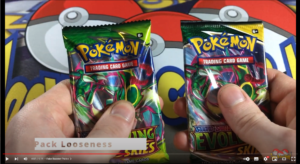
You can check for slack by shifting the foil with your thumb. This is a lot easier if you have experience with booster packs, and if you don’t, ask a friend if they think it’s looser than a normal pack.
Glue residue
An authentic booster pack straight from the factory will not have any residue around the seal.
The foil packs are crimped, and no glue is used. This means that any glue you see is indicative of a booster pack that has been tampered with. Check the top seal, bottom seal, and the long seal on the back. Look for any glue that has seeped out of the crimped part and hardened on the outside.
Look over the entire pack closely for any fingerprints that could have been left behind from sticky glue.
Broken seals
This sounds obvious but there’s more to it than you may think.
Each booster pack has a seal at the top and bottom. These are referred to as the ‘crimps’ since that is how they were sealed at the factory.
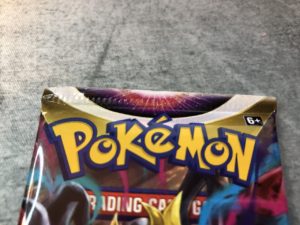
If you flip the pack over, there’s a long flap running lengthwise down the pack. This is also a seal, of course, but each end of the flap should lightly adhere to the pack. Check this closely as a lifted flap could mean someone has previously handled the pack.
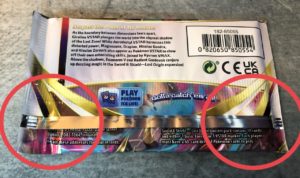
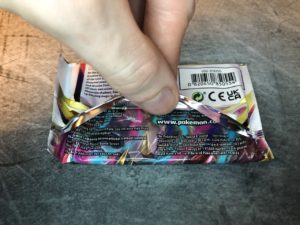
Glue strength
If everything checks out, or if you haven’t gathered enough evidence yet to be certain, you’ll need to open the pack.
A resealed pack will feel different to open than a normal pack. Not in all cases, but in most. The person who resealed it will use an adhesive, resulting in a stronger seal than a factory seal.
If the pack seals are difficult to get apart, this could be indicative of a resealed pack where the adhesive has been applied.
Incorrect cards inside
Finally, you can check the contents of the pack. The front of a modern booster pack will say “10 Additional Game Cards”. Inside the pack should actually be 12 cards in total, when you count them.
Yes, there are 10 game cards but you will also find an energy card and a code card, for a total of 12.
Furthermore, there is a specific order that the cards go in. It has changed over time, for the past few years, there are 5 cards before the reverse holo, the rare being the 7th card (counting from the front). The code cards will be last, in the back.
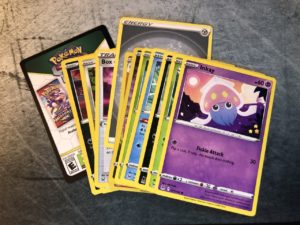
Sometimes the rare won’t be a holo card, but there will always be a holo card in the 6th slot, usually a reverse holo.
If the cards are out of order or missing any holo card at all, you may have a resealed pack. People will open the pack and extract the hits, replacing them (sometimes not even bothering to replace them) with regular common cards.
In some cases, the thief will be so lazy they replace the cards with commons from the wrong set.
Code cards actually have multiple purposes. One of them being weight distribution. Heavier code cards are inserted into packs without an extra foil card, and light ones go along with packs with foil cards.
This is to make all packs weigh the same, so people can’t weigh the pack and determine if there is a foil card inside.
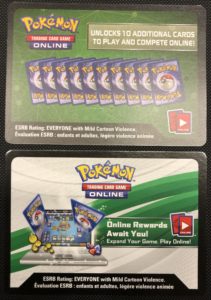
The weight of a code card is color coded. Green/white means there’s a hit inside, and all green means no hits. Sometimes the factory makes mistakes, but if you open multiple packs and don’t get any hits, but have green/white code cards, it’s time to be suspicious.
If you want to read more about code cards, click here.
What To Do If You Bought Resealed Packs
This happens, and it absolutely sucks big time. It’s a terrible feeling when you find that the Pokémon cards have been replaced.
You can try returning the Pokémon card product to the store, but many have no return policies if it’s been opened. Of course, you can speak to a manager or file a complaint, etc, but at the end of the day, you’re probably going to have to take it as a hard lesson.
Stores like Walmart are sometimes accused of selling resealed packs, but it’s not their fault. In fact, this is exactly what started the no-return policies. People ask if Gamestop or Target sells resealed booster packs, but these are giant franchises that obviously would never sell resealed packs intentionally. If it happens at one of these locations, its the fault of a single individual.
Moving Forward
If you can, take a video of your resealed pack and use it to educate others. Post to social media or local Facebook groups and warn others of where you purchased the cards from.
The more awareness we can bring, the more sales of resealed packs can be stopped. Share this article so others know what to look for.

Hi, I'm Oliver. I've been collecting Pokémon cards for 25+ years. I hope you enjoyed your read and learned something. Learn more about me on the About page.
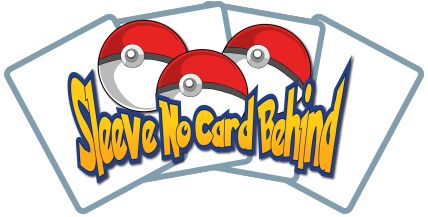
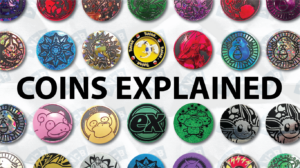
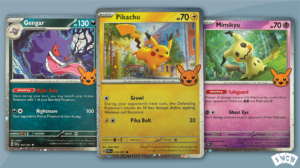

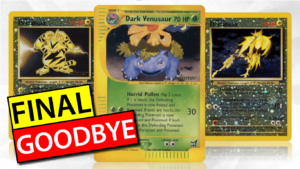
10 thoughts on “How To Tell If Pokémon Card Booster Packs Have Been Resealed”
Hey there, You’ve done an incredible job. I will definitely
digg it and personally suggest to my friends.
I am confident they’ll be benefited from this site.
Hello to every one, the contents existing at this website
are in fact amazing for people experience, well, keep up the good work fellows.
It’s evident that you have a genuine desire to make a positive impact through your blog.
I am regular reader, how are you everybody? This paragraph posted at this web page is genuinely pleasant.
I know Amazon is no ideal to but from, but don’t. We got our kids some and the box was unsealed. Each pack was cut at the bottom and we did not realize until we counted it all that we were missing 4 total cards.
Wish I found this before getting the s&s charizard box. 14 out of the 16 boosters looked to be tampered with and it was only after opening a few that we realised and my partner pointed out that one of the packs felt loose
I’m not sure exactly why but this site is loading incredibly slow for me. Is anyone else having this problem or is it a problem on my end? I’ll check back later on and see if the problem still exists.
Thanks for letting me know. Which browser are you using? And are you on desktop or mobile?
Hello, just curious if you have had any experience or if this same rule of thumb applies to the “Chrome” Pokemon release and set of packs that came out in the early 2000s I believe it was. I am a seller and sold one that I have had for over 15 years on eBay, I never messed with it in any way and the buyer stated that the pack had all the cards and everything in it, but the cards he showed had a slight curling to them, and also supposedly some glue residues , although I cannot even see any residue from his pictures he sent back. Now he is demanding I take the almost 300 return with this now opened pack I cannot resell and all the cards were in the pack and everything except the one on top had a slight curl basically. which I thought was normal for not only older foil/Holo cards, but especially I would assume if the entire card is “Chrome”?? Just curious if you have had or heard anything about these Chrome cards at all from Pokemon and if wouldn’t mind sharing some insight if so please. Thanks so much and great info too in this article.
Hey Ian. Its not uncommon to find cards with a slight curve come straight out of a pack if they are vintage. And regarding the “glue residue”, the buyer might be referring to something called “caking” which is when the cards stick together a little bit, due to their age. Its also common and unavoidable with those old packs. It doesn’t sound to me like the pack was resealed and personally I would deny a refund.
If the buyer doesn’t have a lot of experience opening old TOPPS Chrome packs, then it is understandable that they would be suspicious. Here is an idea, see if you can find some footage of those old packs being opened on YouTube and maybe some of that curvature or caking will be present. Then you might have some evidence you back yourself up.